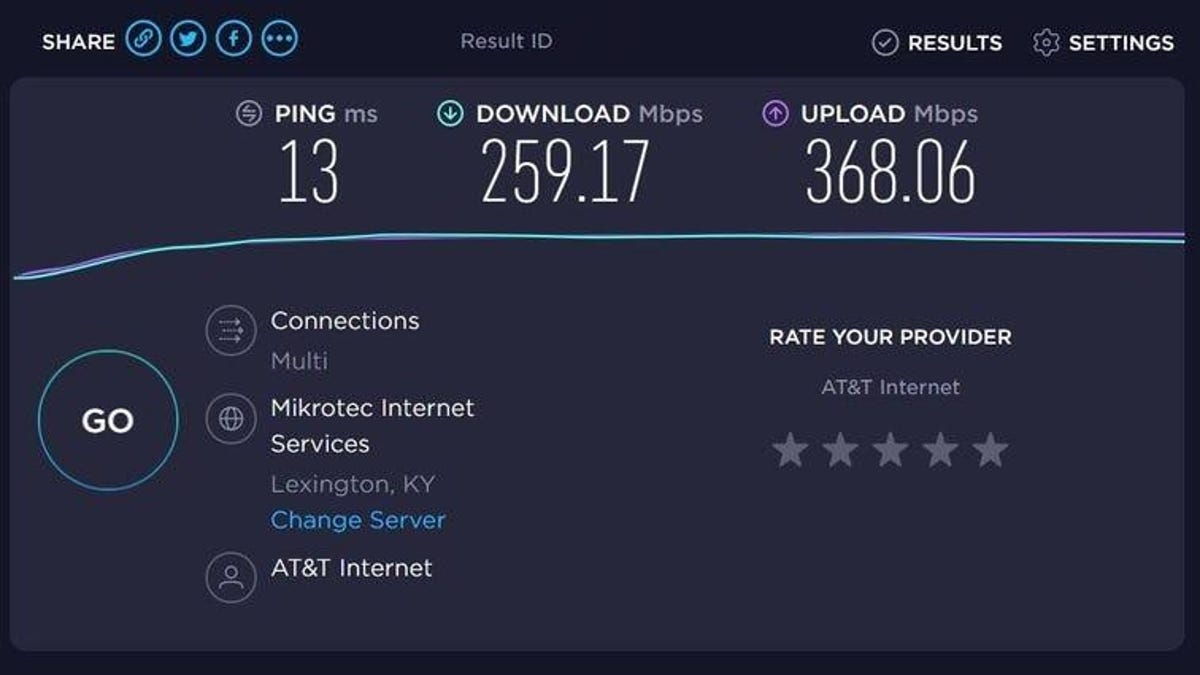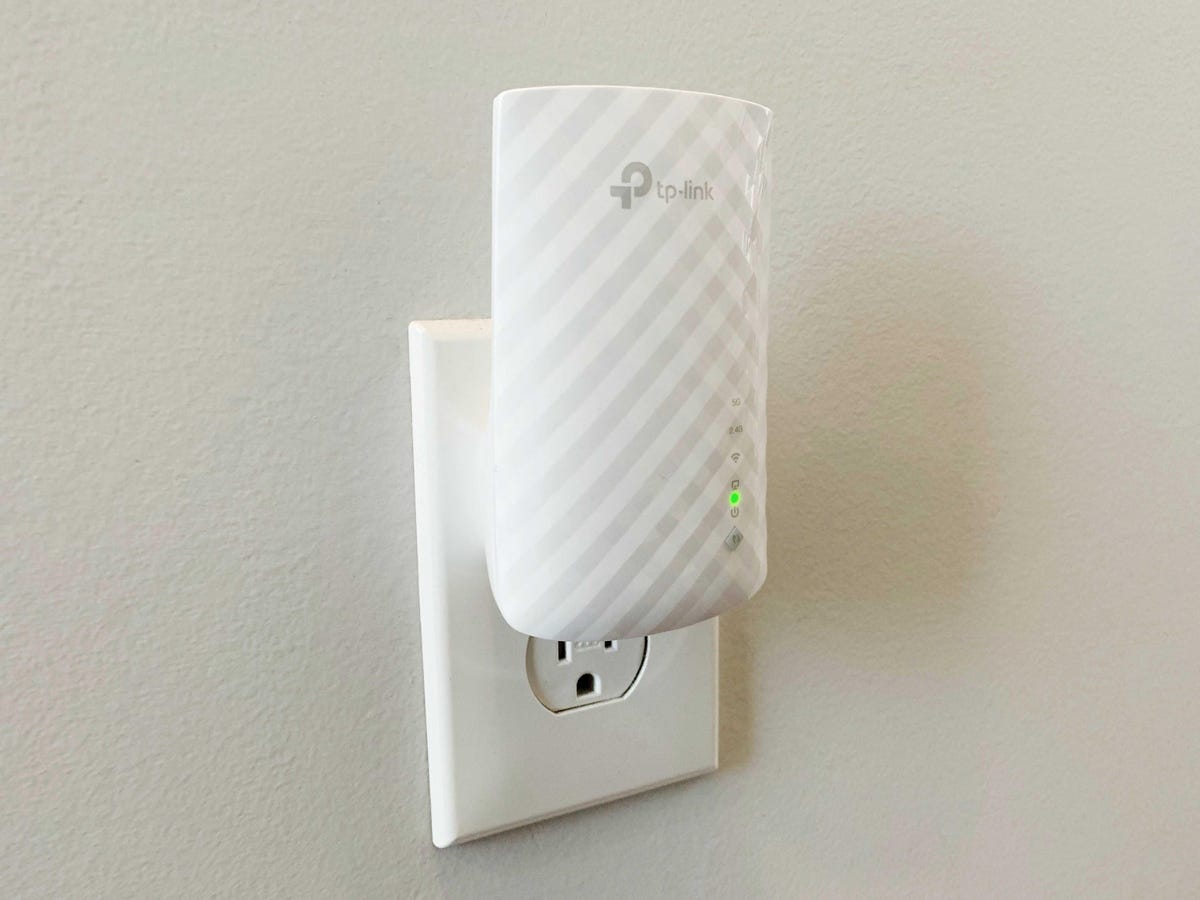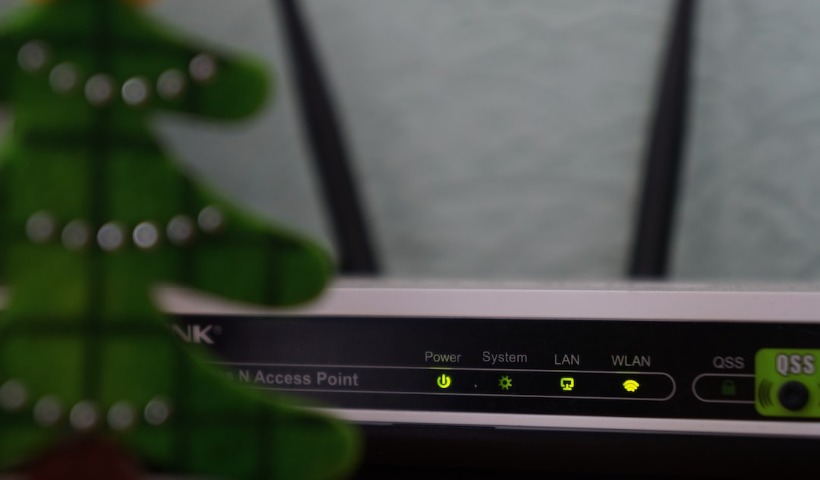
The pandemic dramatically changed how we work. Logging in at home and spending more time online became the norm; in turn, this made a necessity out of fast, reliable Wi-Fi. Even now, close to three years later, our home internet connections are as important as ever.
In fact, a June survey from McKinsey found that 58% of Americans still have the opportunity to work from home at least one day a week. With important team meetings and presentations happening remotely, the last thing anyone wants to have to deal with is a spotty network and a Wi-Fi signal that isn’t up to snuff.
Post Contents
1. Run some internet speed tests
If you’re going to make changes to your home network, you’ll want to do so from an informed position. The best way to get there is to run some speed tests to get a good sense of any weak links in your Wi-Fi connection — and there are plenty of free services on the web that’ll help you do just that.
Among your options, the Ookla Speedtest is the most widely used and the one I’d recommend starting with. It features an abundance of worldwide servers, which lets you choose from several nearby options to measure the speed of your connection. And, like most speed tests, it’s also easy to use — just click the big “go” button and wait about a minute.

From there, you’ll get a look at the current upload and download speeds for whatever device you’re running the speed test on, plus the ping, which is a latency measurement of how long it takes data to travel back and forth to whatever server you’re testing with.
Start by focusing on the download and upload speeds. Run a couple of tests at a time in various spots throughout your home where you’ll be working and ballpark the average to get a sense of how your speeds hold up. If you’re seeing speeds in a room that are less than half of what you see when you’re connecting at close range, then that might be a spot where you could improve things.
As for the latency, you shouldn’t need to worry much about it unless you’ve got a lot of devices running on your network, or if you’re sharing bandwidth with family members or roommates. In that case, run some tests while your roommate is on a FaceTime call or while your kids are playing Fortnite — that’ll give you a good sense of how their activity might be affecting your own speeds. If that ping number seems to be jumping, there are some basic steps you can take, but the best thing to do if you can is to separate that side traffic from your own. More on that in just a bit.
2. Move your workspace or router
If you’re able to work in close proximity to your router, then a wired Ethernet connection to your computer is the best way to ensure that you’re getting the fastest speeds. But if that’s not an option, you might have to work in a room where the Wi-Fi signal isn’t as strong as you need. That happens when you’re too far from the router, or because there are too many walls or obstructions separating you from it.

Ry Crist/CNET
Before you buy anything, the first thing you’ll want to try doing is repositioning your router to strengthen the connection. For the best results, you’ll want to keep it out in the open — ideally as high up as possible. If you can reposition the antennas, try experimenting with that, too. Staggering them at different angles might be all it takes to boost your speeds. If the router is downstairs and you’re trying to boost the signal upstairs, try moving one or more of the antennas to a horizontal position. Antennas like those tend to put out their Wi-Fi signal at a perpendicular angle, so a horizontal antenna will put out a vertically-oriented signal that might be more likely to make it upstairs.
There’s one last thing to check before you buy anything, and that’s your router’s channel. The 2.4 and 5GHz frequency bands that your router uses to send its signals are each divided into multiple channels, just like the TV channels that you can pick up with an antenna. Your router uses a single channel at a time, and if you’re using the same one as a neighbor, for instance, then that interference might slow your connection.
To change that channel, navigate to your router’s settings on your computer. The best options are channels 1, 6 and 11, which don’t overlap with one another, but your router might also have an “auto” setting that can determine the best channel for your situation.
3. Get a Wi-Fi extender (or upgrade your router)
If none of that works, then it might be time for a hardware upgrade. Plug-in range extenders are one option, and you’ve got plenty of options that don’t cost very much. Your best bet is to pick one made by the same company that makes your router. It doesn’t need to be blazing fast — most of them aren’t — but as long as it can keep your speeds above 50Mbps or so, you should be able to use the web like normal, including video calls.
That’s the standard I used when I recently tested out a handful of plug-in range extenders at my own home and at the much larger CNET Smart Home, where speeds are capped at 150Mbps. With just a single router running the connection, speeds in distant rooms fall well below that 50Mbps threshold — but with a good range extender boosting the connection, average speeds throughout the home were significantly improved.
The one that performed the best was the TP-Link RE605X, with sustained download speeds of at least 130Mbps to both Wi-Fi 5 and Wi-Fi 6 client devices throughout the entire place. Available now for $100 at Target, it’s my top recommendation in the category. For something even cheaper, consider the TP-Link RE220. It doesn’t support Wi-Fi 6, but it performed well in my small home tests, and it’s typically available for less than $30.
Another option would be to upgrade your router altogether. If it’s range you’re concerned with, then you’ll want to move multipoint mesh routers that come with range-extending satellite devices right to the top of your list. Again, you’ve got lots and lots of options to choose from — and we’ve tested and reviewed several of the latest systems to hit the market. Among them, I like the $233 TP-Link Deco W7200 the best, but similar systems from Asus, Eero, Netgear and Nest are worth a look, too.
Don’t need a mesh router, and just want something quick, easy and affordable? The Asus RT-AX86U is a solid upgrade that costs $250, and for more of a bargain, you could consider the TP-Link Archer AX21, which costs less than $100. Both support Wi-Fi 6 and performed well in my at-home tests.
4. Prioritize your work traffic
So let’s go back to that scenario where your kids are home from school streaming Disney Plus and playing Fornite while you’re trying to work. There are a couple of things you might be able to do to keep their internet traffic from affecting yours.
The first, and easiest, is to make sure that you’re using different frequency bands. Most routers operate both the 2.4 and 5GHz bands, and many will split those bands into two separate networks that you can connect with. The 5GHz band is faster, while the 2.4GHz band offers better range. Dedicating one of those two bands to work-related traffic only will return a much better experience than sharing a band with your family or housemates.
Most routers can also put out an optional guest network, sometimes with max speed settings that can help keep your kids from eating up too much bandwidth. Some will even let you run the network on a schedule, in case you want to cut them off entirely at certain hours. Similarly, your router might be able to schedule access for specific devices or a group of devices.
Another feature worth looking for is Quality of Service, which allows some routers to prioritize traffic to specific devices or for specific purposes. For instance, the Netgear Nighthawk RAX120 lets you specify that video calls are a higher priority than gaming traffic. If it’s an option with your router, it’s worth experimenting with.

